The Panel of Experts on Yemen is a United Nations group monitoring the implementation of UN Security Council Resolution 2140, which amongst other things banned arms exports to the country. The group recently published its latest periodic update online, in which Iran and the government of Iran are mentioned some 43 times.
The panel notes that the Islamic Republic of Iran is one of very few UN member states to have recognized the Houthi movement, also known as Ansarullah, whose members initiated an armed revolt against the established government in 2014 and took over large parts of the country, including the capital of Sanaa. The late Iranian ambassador to Yemen, Hassan Irloo, was a commander of the IRGC’s expeditionary Quds Force and based his diplomatic mission in Houthi-controlled zones, apparently with the group’s blessing.
As the UN panel acknowledges, experts say there are signs Iran may have been sending weapons to Yemen as well as training pro-Houthi forces. But the lack of transparency means it remains impossible to say for certain, and the Islamic Republic of course denies the charge – though one IRGC commander has publicly stated Iran provided the Houthis with a “limited” quantity of arms. To be seen to be violating a Security Council resolution could have serious consequences for the Iranian government.
Allegations of Iranian Weapons Supply: What We Know So Far
The Panel of Experts say there are several critical pieces of evidence that suggest the Islamic Republic has been smuggling weapons to Yemen, in violation of UNSCR 2140. Last year a cargo ship was discovered heading to Yemen from the port of Jask in southern Iran, carrying a variety of rifles and launchers. They in turn had been seized from vessels originating in Iran. Also in the summer of 2021, another vessel bound for Yemen was found to be carrying 2,556 weapons, including Russian-made and Soviet-era models as well as weapons from Belarus, China, Bulgaria and Iran.
In response to the panel’s questions on the weapons, we read, Tehran responded: “The mere appearance, or resemblance, in the markings or technical specifications of the discovered weapons to Iranian ones should not lead experts to conclude that they originated from Iran."
UN experts have surmised that some of the seized weapons were jointly produced in Iran and China by an enterprise shared by the two governments, the Rayan Roshd Afzar Company. But Iranian officials insist that the confiscated weapons were neither produced in Iran nor related to the Iranian government.
Some military equipment has also entered Yemen by land. Apart from the Islamic Republic of Iran, Oman, a country with close ties to Tehran and a member of the Gulf Cooperation Council, is also close to the Houthis. The new report implicitly considers whether the Islamic Republic and Oman might be cooperating in sending weapons to the Houthis. On their visits to Oman, Islamic Republic officials regularly meet with Houthi leaders at the Iranian Embassy.
The latest report also comes at a time when rocket fire and drone strikes emanating from Houthi-controlled areas against targets in Saudi Arabia and the UAE have been observed in recent weeks. “In stark contrast to the use of missiles and drones inside Yemen,” the report states, “which are often aimed at achieving maximum lethality and destruction, most drones, improvised explosive devices, and short-range rockets are made in Houthi-controlled areas using the assembly method.”
The equipment is made with locally available materials, the report states, as well as parts from commercial equipment such as engines and electronics, sourced from abroad using “a complex network of intermediaries” in Europe, the Middle East and Asia. The US Navy seized multiple shipments of this nature in the months leading up to the report, including significant amounts of light and semi-light weapons, anti-tank weaponry, missiles and equipment such as military cameras. Their type and the method of packing and dispatch led officials to suspect the items were coming from Iran. In one case, the cargo was found on a vessel with Persian-speaking crew, who were released after being interrogated by the US Navy.
Iran and the Houthis
The Houthis are Zaidi Shia muslims and an armed Islamist political and militant movement. Formed in 1994 and armed since 2004, in fewer than 20 years they have gone from a local insurgent group to the de facto ruler of parts of Yemen, including Sanaa.
The first Houthi leader, Hussein Badruddin Houthi, the first Houthi leader, had travelled to the Iranian stronghold of Shiite clerical power, the city of Qom, in the 1980s. The leaders of the Shabab al-Moumineen group, which paved the way for the formation of the Houthis, also have close ties to members of the ruling clergy in Iran.
Shortly after the Houthis took over Sanaa, the group’s leaders traveled to Iran to meet with officials of the Islamic Republic. Direct flights were then established between Tehran and Sanaa. UN experts believe that Iran has also supported the Houthis by sending money since then.
Meanwhile, the Houthis have their own ambassadors to the Islamic Republic. The Islamic Republic unofficially mentions military aid to the Houthis in Yemen in its media outlets, but formally denies sending weapons. Yemen has become a battleground between the Islamic Republic and Saudi Arabia, which supports the established government, and is one of the points of contention between the two rival states.
What Happens Now?
On receipt of this report, the President of the UN Security Council made it available to the 15 council members and the states parties concerned. Any member of the council can then respond, for instance by drafting a resolution or requesting a meeting focused on the issue. A draft resolution condemning Iran for sending weapons to Yemen was proposed during the Donald Trump presidency, but was vetoed by Russia.
Related coverage:
Guards Commander Rebuked by Diplomats for Confirming Iran’s Military Presence in Yemen
Iran's Ambassador to Yemen Dies of Coronavirus
The IRGC Commander Who Became Iran's Top Diplomat in Yemen
United States to Designate Iran-Backed Houthis as Terrorists
US Rules on Houthi Actions — And Iran is to Blame
Yemen's New Cabinet Blames Houthis and Iran for Airport Attack
Iran’s “Open Attack on Yemeni Sovereignty”
Iranian Ambassador Arrives in Houthi-Controlled Yemen Capital
Houthi Missiles & Revolutionary Guard Mouthpieces Attack Saudi Arabia
visit the accountability section
In this section of Iran Wire, you can contact the officials and launch your campaign for various problems






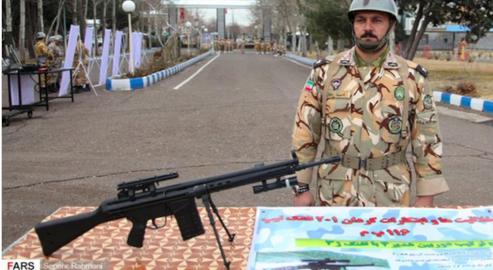

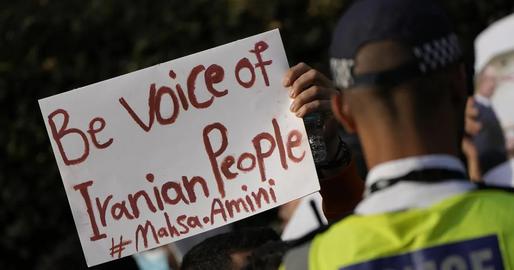
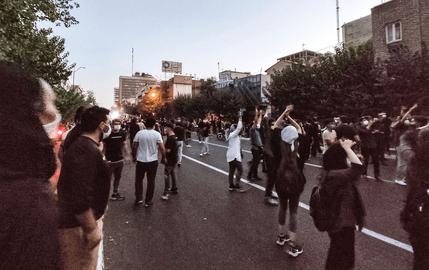


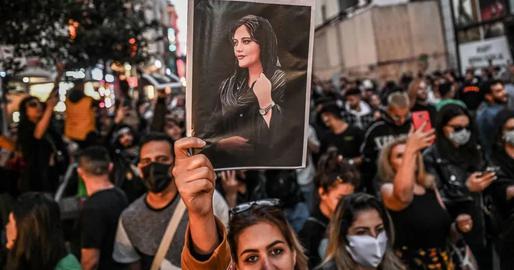
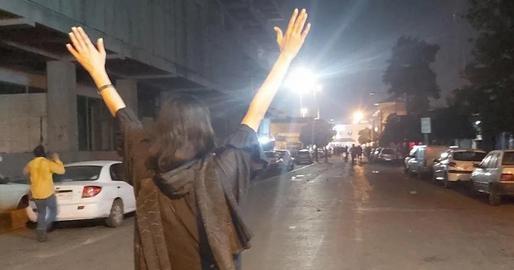

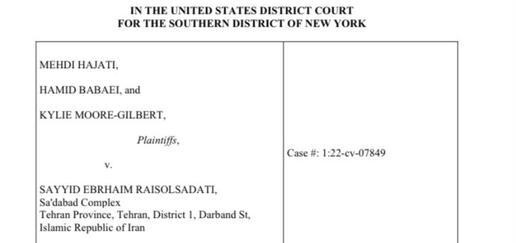

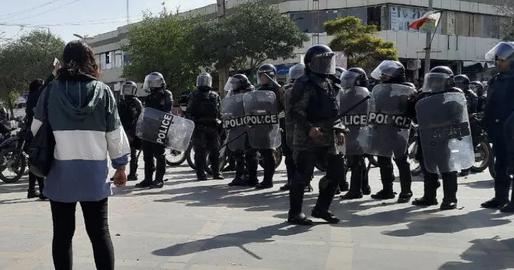
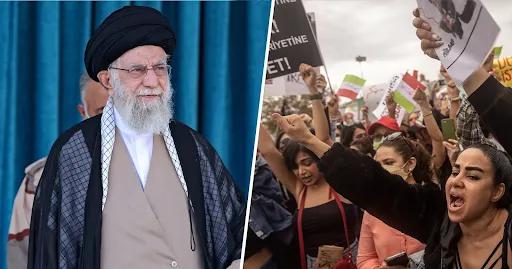
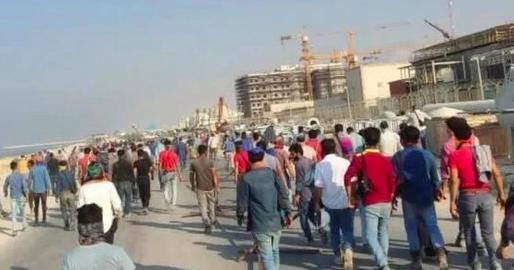

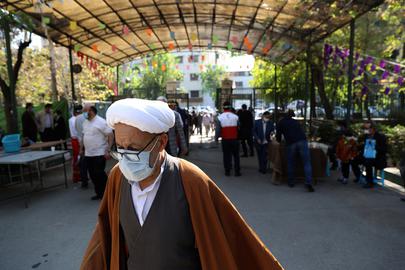
comments